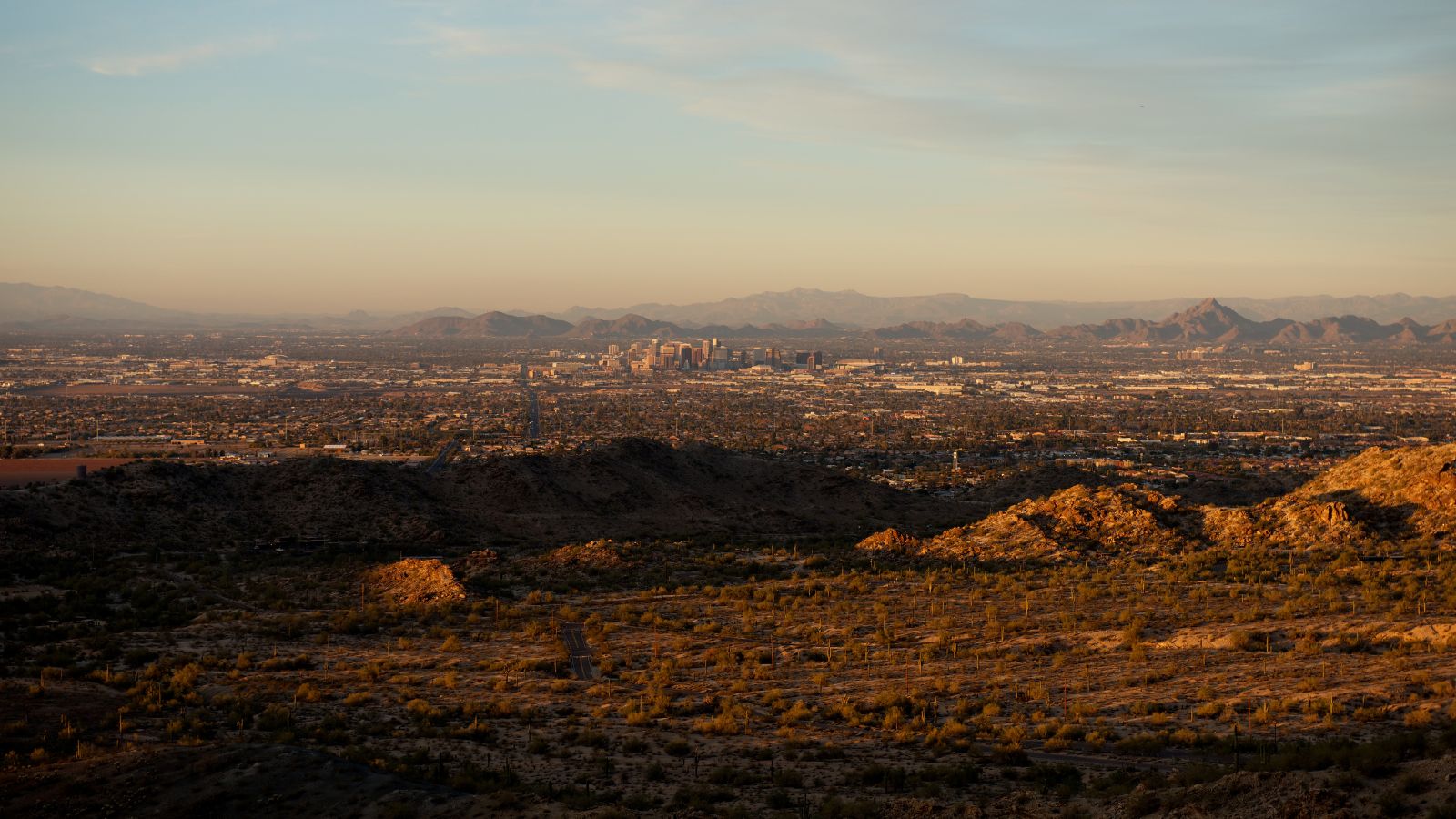Phoenix, Arizona, is one of the hottest cities in the country.
“We regularly reach temperatures over 110 degrees … so heat is definitely a big, big issue in the Phoenix metro area,” says Anna Bettis of the Arizona Healthy Cities program at the Nature Conservancy.
She says Phoenix is getting even hotter as the climate warms. And that rising heat has many consequences. It can cause illness and even death. It drives up energy bills, and it can damage infrastructure such as roads. And when it’s hot, people may miss work or be less productive.
All of those impacts have an economic cost.
In a recent Nature Conservancy report, researchers found that if no action is taken, increasingly extreme heat could cost the Phoenix metro area about $2 billion each year.
“On the flip side of that, we looked at how we could avoid these costs,” Bettis says.
Planting shade trees and installing cool roofs — roofs that are topped with reflective paint or other materials — can help reduce urban heat.
And researchers found that the financial benefit of taking these measures far outweighs the cost.
“So it is really critical that governments, private sector, communities, make these investments as quickly as we can,” she says.
Reporting credit: Richa Malhotra/ChavoBart Digital Media
Source link


